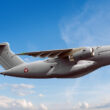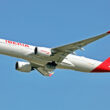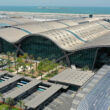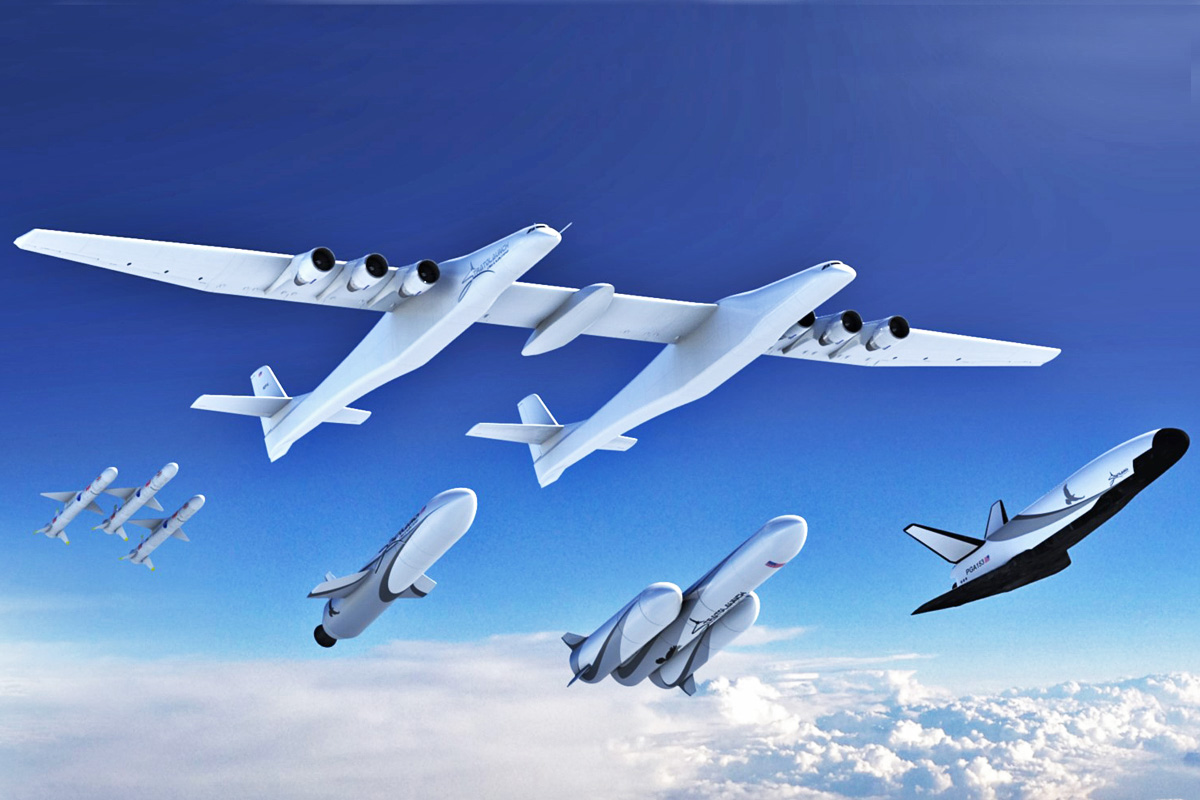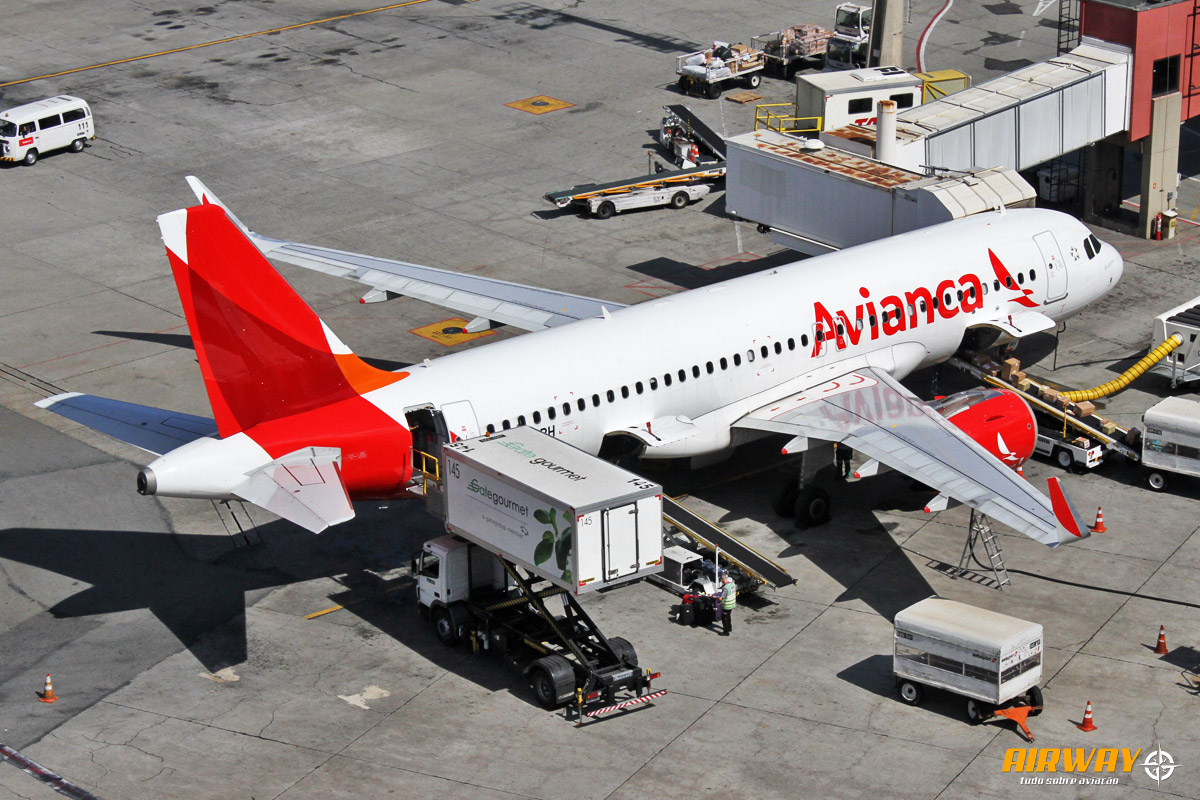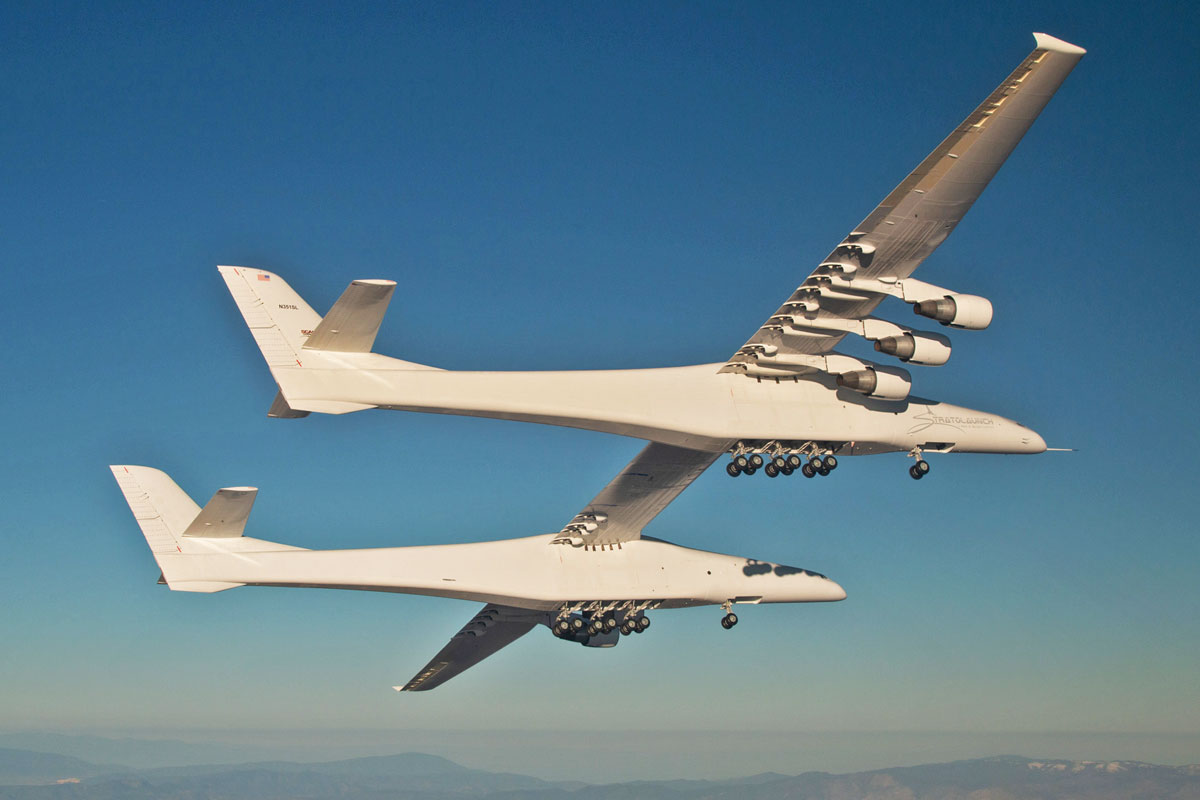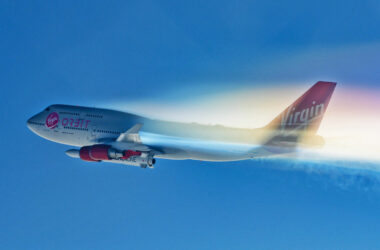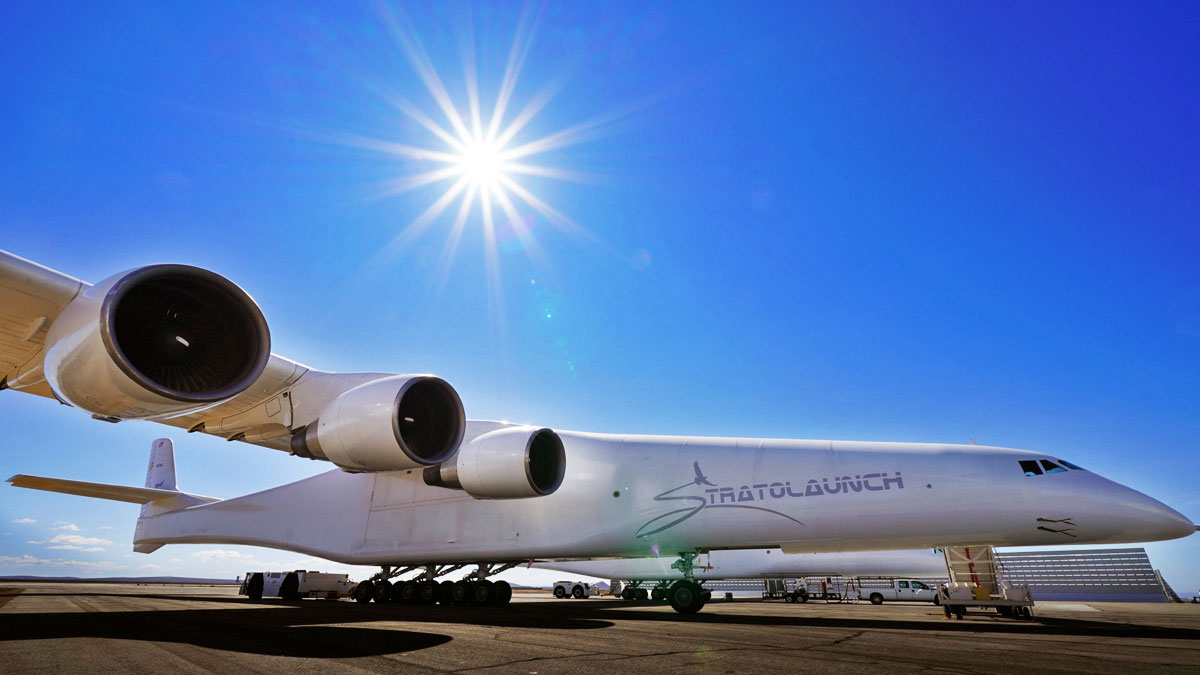In an astonishing decision, the Stratolauch Company, founded by Microsoft co-founder Paul Allen, has decided to discontinue its launch vehicle and spacecraft designs.
Revealed in August last year, the vehicles would be used in various types of space cargo launches and included even a reusable spacecraft that would have a manned version in the future.
However, Allen’s death in October appears to have prompted the company to revise its ambitious plans. It is rumored that at least 50 employees of the company based in Mojave, California, are laying off.
Stratolaunch was founded by Allen in 2011 as part of a new phase of the US space program in which private companies would take over various programs, including satellite launches, ISS refueling and even missions to the Moon and Mars.
The Stratolaunch proposal was more focused on bringing loads and eventually people into space. The company took advantage of good experience with the launch of the Pegasus rocket, which used a Lockheed L-1011 TriStar jet to take it up to about 30,000 feet from where it was launched. The technique is more economical than the surface launches, but it has as a barrier the small capacity of the rocket.
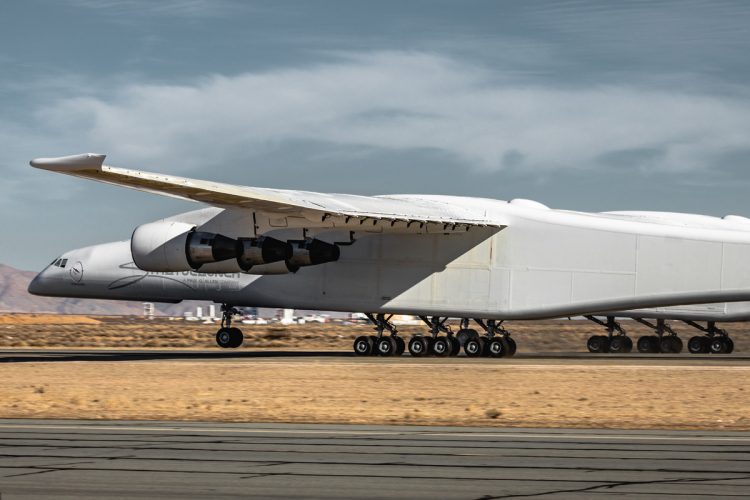
Largest plane in the world
The solution was to develop an immense six-engine aircraft designed by Burt Rutan’s Scaled Composites. With two fuselages, the gigantic aircraft would carry rocket launchers and even a future reusable spacecraft similar to the Space Shuttle.
The idea was to offer four types of vehicles, Pegasus XL for loads up to 370 kg, Medium Launch Vehicle (MLV) with capacity up to 3,400 kg, the three-core version of the MLV, which can carry up to 6,000 kg of cargo , and finally Space Plane, a reusable spacecraft capable of remaining in orbit and returning to Earth.
With the change of plans, Stratolaunch will now intensify its efforts to homologate the plane, which is due to fly for the first time in 2019, and launch with the Orbital ATK’s Pegasus rocket.

